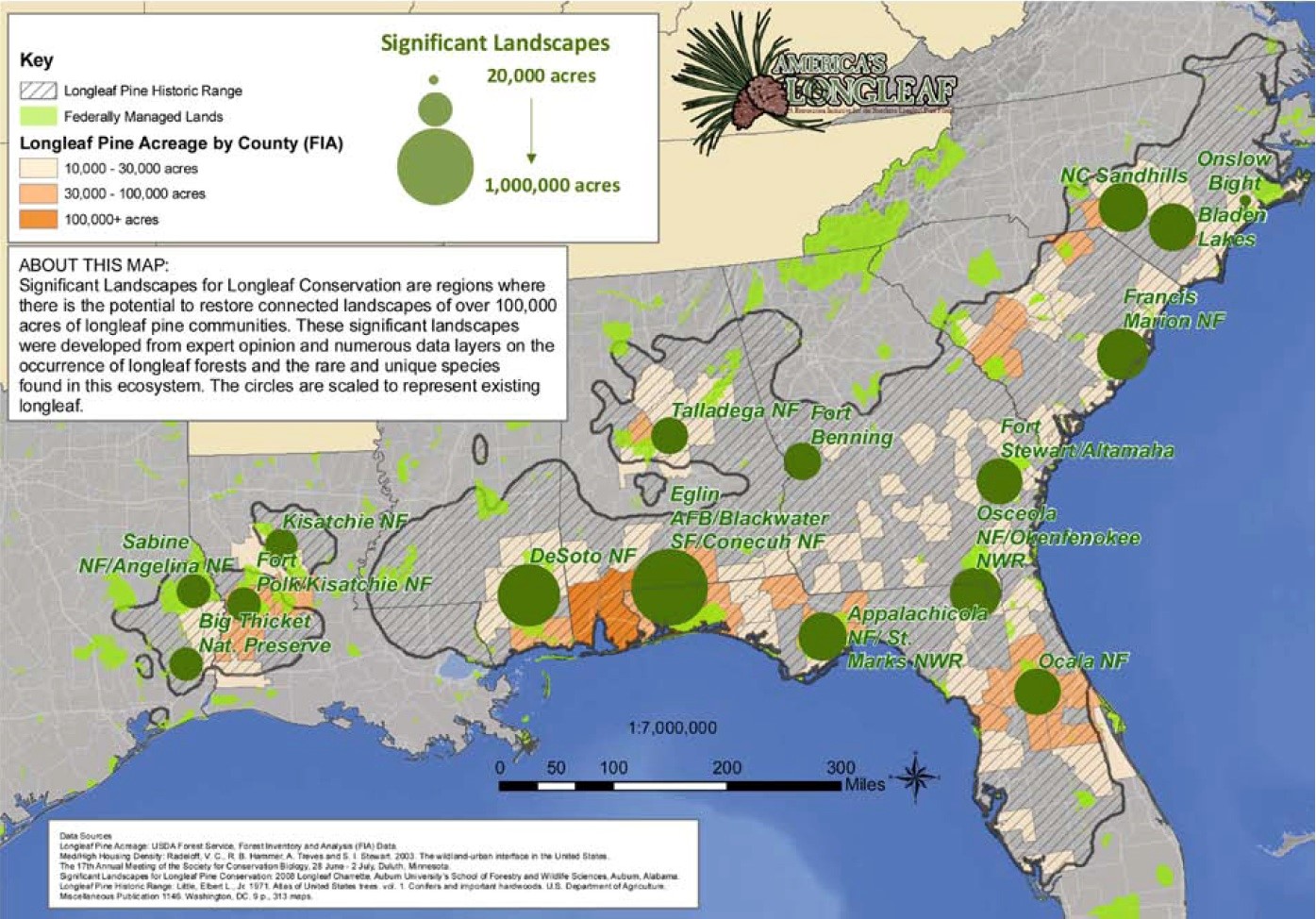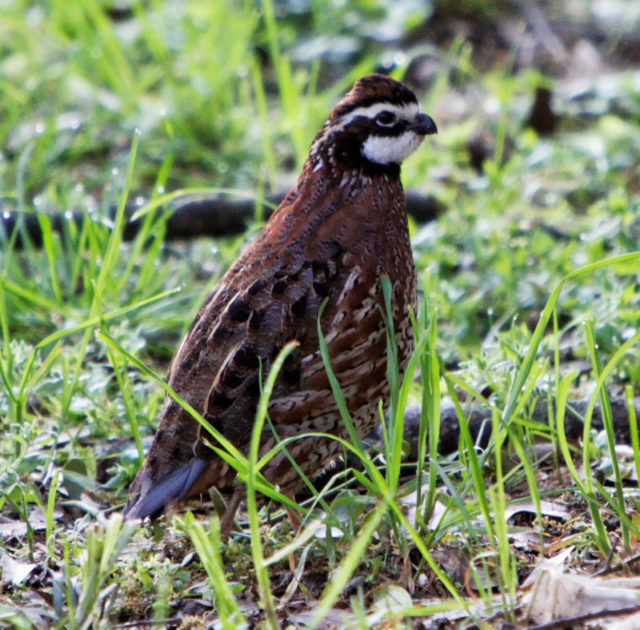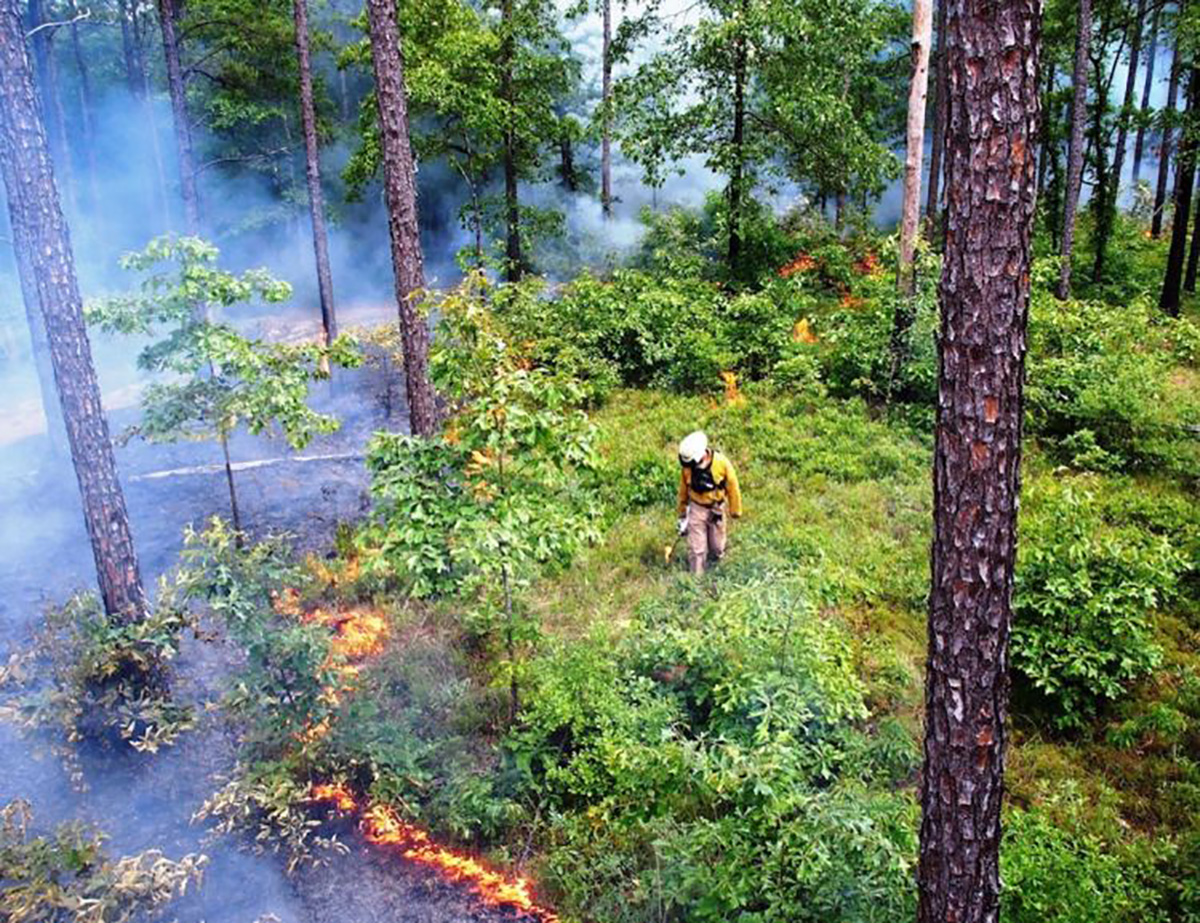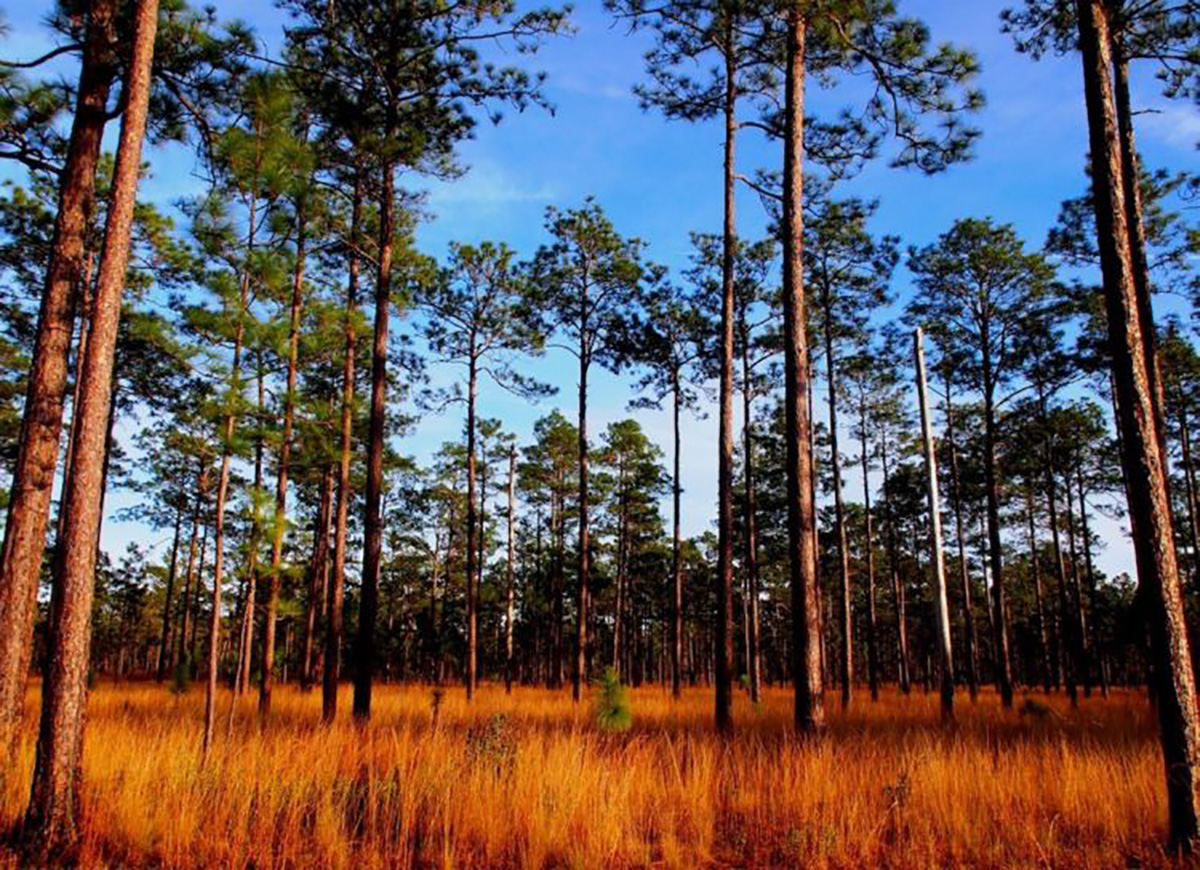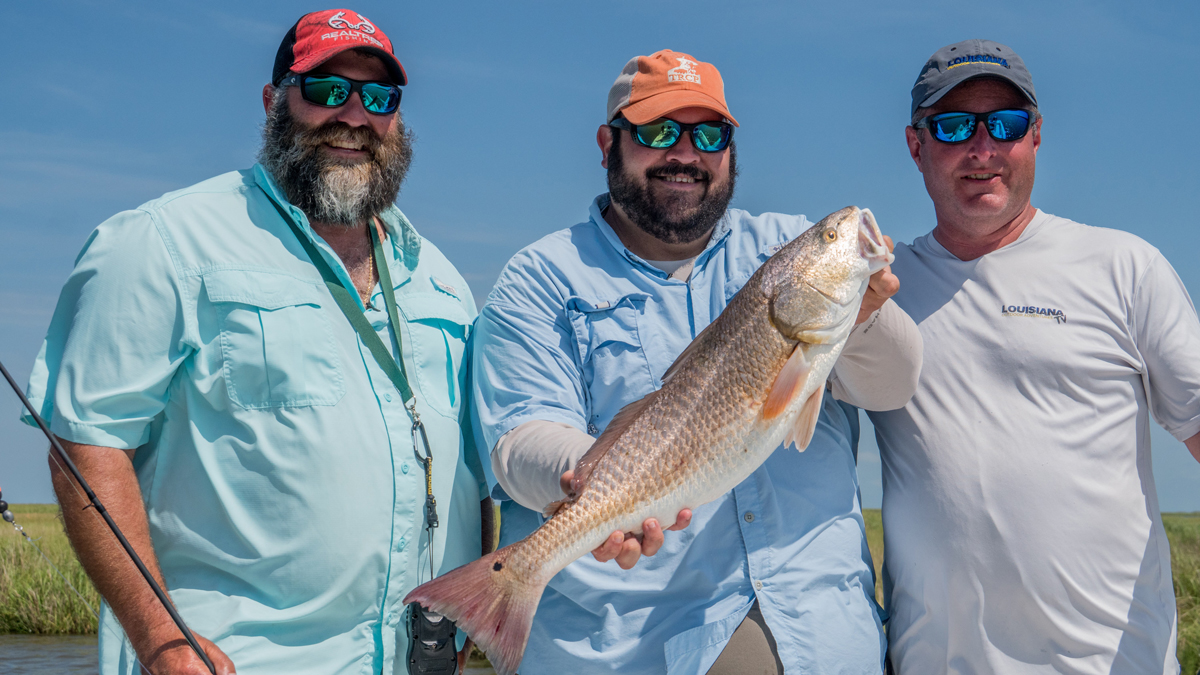Senator Bennet, Representative Conaway, and philanthropist Liz Storer were recognized at the organization’s 11th Annual Capital Conservation Awards Dinner
The Theodore Roosevelt Conservation Partnership was honored to celebrate three conservation champions from Capitol Hill and the private sector last night at the organization’s 11th Annual Capital Conservation Awards Dinner and gala fundraising event.
Liz Storer, president and CEO of the George B. Storer Foundation and a longtime conservation advocate, received TRCP’s 2019 Conservation Achievement Award for her impact on Western conservation issues. This includes consistent support for the development and implementation of comprehensive sage grouse conservation plans and the research, mapping, and protection of big game migration corridors. Storer has also been proud to serve on the TRCP Board of Directors for the last nine years.
Storer’s award was presented by Senator Martin Heinrich (D-N.M.), who received a TRCP award in 2016.
Senator Michael Bennet (D-Colo.) and Representative Michael Conaway (R-Texas) were each presented with the 2019 James D. Range Conservation Award—named for TRCP’s co-founder, a conservation visionary, and given to one Democrat and one Republican each year.
Sen. Bennet was recognized for championing both public and private lands and waters, through his support of the Land and Water Conservation Fund and as a conservation leader on the Senate Agriculture Committee during Farm Bill negotiations. He is also the Democratic lead on legislation to improve federal science on chronic wasting disease.
Bennet’s award was presented by Erik Glenn, executive director of the Colorado Cattlemen’s Agricultural Land Trust.
Rep. Conaway was recognized for his leadership on the 2018 Farm Bill, which clinched many victories for wildlife habitat, water quality, and sportsmen’s access. He is the ranking member of the House Committee on Agriculture and a member of the Sportsmen’s Caucus and International Conservation Caucus.
Conaway’s award was presented by Representative Marc Veasey (D-Texas.)
“Like TRCP founder Jim Range, Michael Bennet, Mike Conaway, and Liz Storer are pragmatic conservationists who understand that people are a part of the land and believe that we are duty-bound to leave a natural legacy to future generations,” said Whit Fosburgh, TRCP’s president and CEO. “They also understand that conservation is not a partisan issue—it is something that should connect us all as Americans. We were proud to honor that spirit by bringing together more than 500 conservation luminaries, individual supporters, corporate sponsors, policymakers, and media professionals at this event.”
Senator Jon Tester (D-Mont.) teamed up with Representative Mike Simpson (R-Idaho) to deliver the ceremony’s opening remarks about the value of conservation, before an exciting live auction featuring auctioneer Johnna Wells. TRCP Board Chairman Rod Nelson gave closing remarks.
Thank you to our event sponsors:
Coca-Cola, George B. Storer Foundation, National Fish & Wildlife Foundation, Schlumberger, Shell, Yamaha, Altria, American Sportfishing Association, Baker Botts, Bass Pro Shops, Boone & Crockett, Matt Cook, The High Lonesome Ranch, Kirby, National Marine Manufacturers Association, Outdoor Industry Association, Outdoor Recreation Roundtable, Pure Fishing, Range Resources, Recreation Vehicle Industry Association, Tod Sedgwick, Simms Fishing Products, SITKA Gear, Archery Trade Association, The Baird Group, Center for Sportfishing Policy, Coastal Conservation Association, Costa, Everglades Foundation, Federal Premium, Natural Resource Results, The Nature Conservancy, Orvis, Outdoor Research, Peak Design, Pheasants Forever & Quail Forever, PotlatchDeltic, REI, Sorini Samet & Associates, Southern Company, Weyerhaueser, Williams, YETI, AFL-CIO, Association of Fish & Wildlife Agencies, Baker Donelson, Bonefish & Tarpon Trust, Browning, Captains for Clean Water, The Conservation Fund, Ducks Unlimited, Elliotsville Plantation, First Lite, Forbes-Tate, Fly Fishers International, Jonah Energy, Land Trust Alliance, Leupold, NEMO Equipment, National Wild Turkey Federation, PERC, Recreational Boating & Fishing Foundation, Ruffed Grouse Society, Texas Parks & Wildlife Foundation, Union Roofers, Upper Green River Conservancy, American Forest Foundation, American Iron & Steel Institute, Brookover Land Enterprises, The Cypress Group, Erdle Consulting Group, Filson, National Park Foundation, National Wildlife Refuge Association, New Belgium Brewing, New Belgium Family Foundation, Pisces Foundation, Sage, Terlato Wine Group, Turner Foundation, Vortex Optics, and Wine & Spirit Wholesalers of America.
The 12th Annual Capital Conservation Awards Dinner will be held on Wednesday, April 29, 2020 in Washington, DC.

